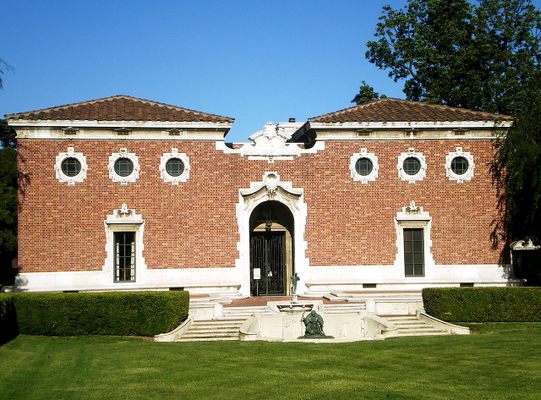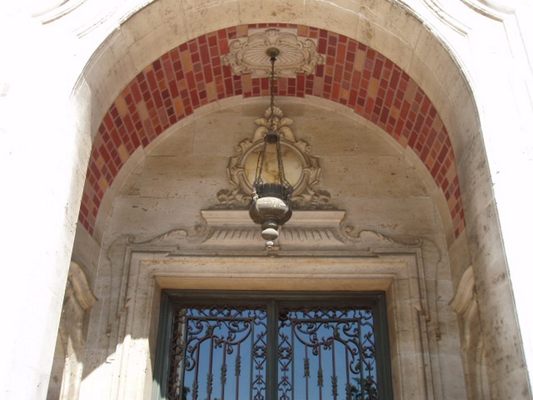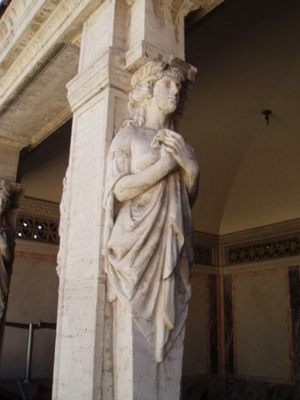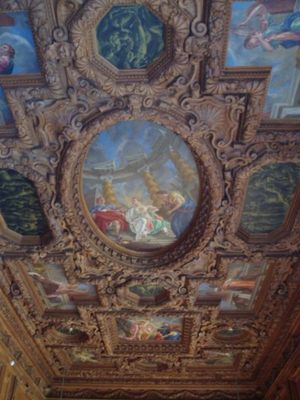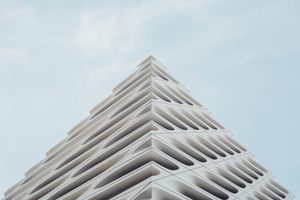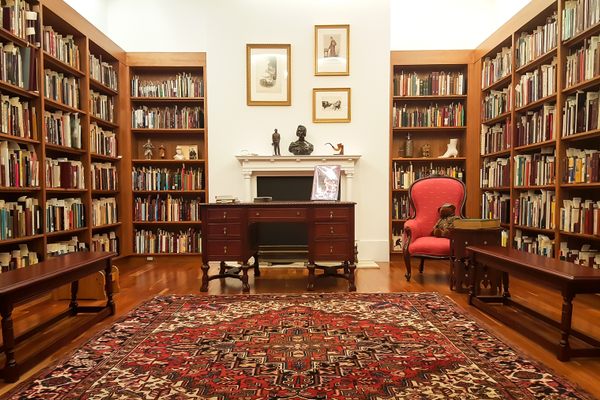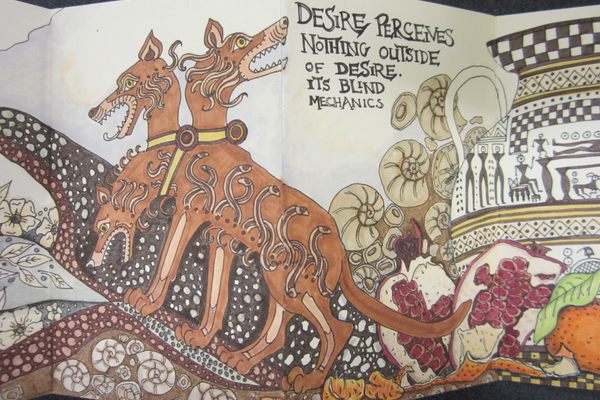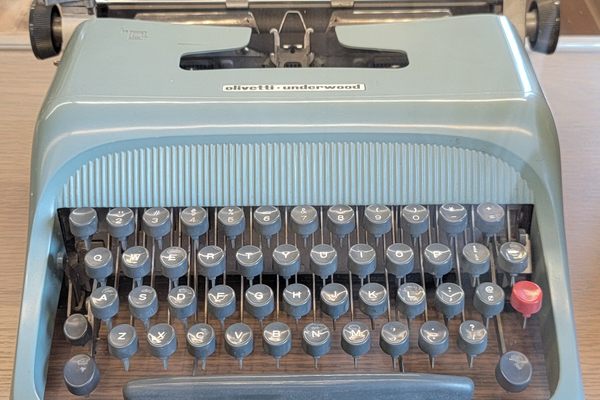About
The William Andrews Clark Memorial Library is one of 12 official libraries at the University of California, Los Angeles. And apart from having a magnificent collection of English literature, it also inspires an unusual amount of love among its loyal visitors.
The library holds around 110,000 books and 22,000 manuscripts, including many rare items and fine prints. It is one of the most extensive collections of British literature from the 17th and 18th centuries, and the world’s most comprehensive collection of Oscar Wilde, including his books, manuscripts, photographs, original portraits and caricatures.
Despite receiving relatively few visitors, the library has nonetheless won the hearts of many bibliophiles. In 2009, the book collector and nuclear physicist Dr. Paul Chrzanowski donated his Shakespeare collection to the library, an extremely valuable collection of 72 tomes, published between 1479 and 1731.
A year later, Kathleen Thompson, co-owner of Michael R. Thompson Booksellers, a rare bookshop near the library, summed up what many book enthusiast feel for the library and its collection. She told the Los Angeles Times: "The Clark Library is the greatest unknown literary treasure in Los Angeles. The minute we saw it 40 years ago we fell in love with it, and our love has only grown."
William Andrews Clark Jr. was a man both blessed and cursed. He was the son of the ludicrously wealthy U.S. Senator William Andrews Clark, who had made a fortune in mining and banking. For the younger Clark, therefore, life began in the lap of luxury. But his life was also marked by tragedy: His first wife died of septicemia after the birth of their son, and his son died in a plane crash in 1932.
Clark had two great callings in life: philanthropy and the collection of books, both of which would later become intertwined. He started collecting antiquarian and fine press books around 1915, and soon had to hire a bibliographer to help maintain and catalogue his growing collection. In 1923, a small fire broke out at Clark’s home, an eye-opening reminder of the fragility of his beloved collection. So he decided to build a library. But not just any old library…
As noted by Ernest Carroll Moore, provost and vice president of UCLA at the time, Clark wanted something special: “One day he found himself with a rare and priceless library and no safe place to put it; he thereupon called in Mr. Robert D. Farquhar and instructed him to build a jewel box for the protection of his treasures. And Mr. Farquhar did as he was told with a result that will fill you with astonishment.”
Before settling on any plans, Clark sent his architect, the aforementioned Mr. Farquhar, on a tour of the great libraries of the American East: the Newberry Library in Chicago; the Harvard Club Library in New York; the Public Library in Boston; the Harvard University Library in Cambridge; and the Congressional Library in Washington, D.C., to name just a few.
The goal was to build a library that was fire- and earthquake-proof, temperature controlled, and well ventilated. It also had to be of sufficient elegance to do justice to the collection, and for the hosting of gatherings and musical performances in the drawing room.
Clark himself had much input regarding the decorations, and he certainly didn’t hold back. The external ambiance would be that of a garden pavilion, with fine brickwork and Roman travertine marble. The six small round windows were based on those used by Sir Christopher Wren at Hampton Court. The interior, meanwhile, would make the pretty façade seem drab by comparison, with sumptuous ceiling paintings, frescos, and large panels in the drawing room and vestibule.
The library was completed in 1926. Clark soon announced that he would donate the library, its collection—which at the time included some 13,000 books—and the city block of land that it stood on, to the Southern Branch of the University of California (the predecessor of UCLA). All of this, along with a $1.5 million endowment, was transferred to the University upon his death in 1934. It was officially named the William Andrews Clark Memorial Library after Clark Jr.’s father.
Related Tags
Know Before You Go
The reading room at Clark Library is open to the public Monday to Friday from 9 a.m. to 4:45 p.m. Tours are by appointment only. You must register and provide photo identification.
Published
March 15, 2018



